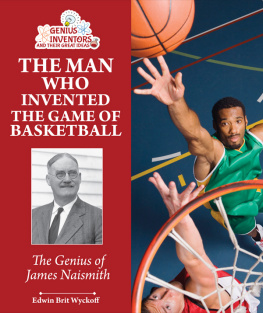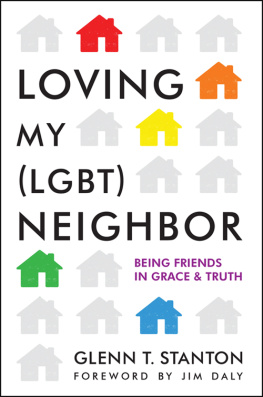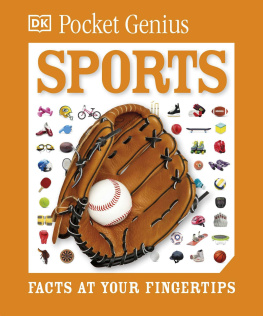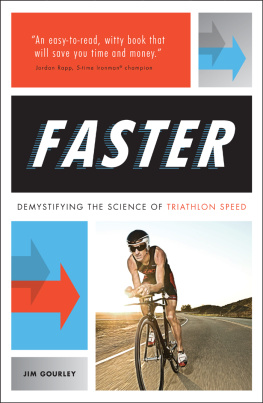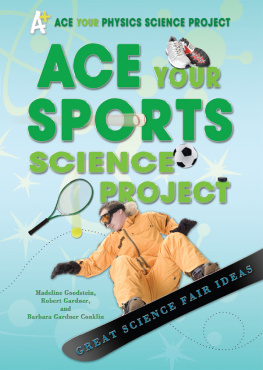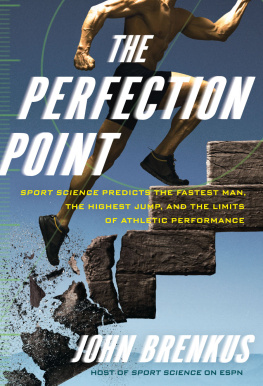
Glenn Murphy received his masters degree in science communication from Londons Imperial College of Science, Technology and Medicine. He wrote his first popular science book, Why Is Snot Green?, while managing the Explainer team at the Science Museum in London. In 2007 he moved to the United States. He now lives and works in Raleigh, North Carolina, with his wife, Heather, and two unusually large and ill-tempered cats.
Glenn is currently writing his twelfth book.
www.glennmurphybooks.com
www.facebook.com/GlennMurphyBooks
Also by Glenn Murphy and published in association with the Science Museum
WHY IS SNOT GREEN?
and other extremely important questions (and answers) from the Science Museum
HOW LOUD CAN YOU BURP?
and other extremely important questions (and answers) from the Science Museum
STUFF THAT SCARES YOUR PANTS OFF!
The Science Museum Book of Scary Things (and ways to avoid them)
SCIENCE: SORTED!
Robots, Chips and Techno Stuff
SCIENCE: SORTED!
Space, Black Holes and Stuff
SCIENCE: SORTED!
Brains, Bodies, Guts and Stuff
SCIENCE: SORTED!
Evolution, Nature and Stuff

This book is produced in association with the Science Museum. Royalties fromthe sale of this product will help fund the museums exhibitions and programmes.
Internationally recognized as one of the worlds leading science centres, theScience Museum, London, contains more than 10,000 amazing exhibits, twofantastic simulator rides and the astounding IMAX cinema. Enter a world ofdiscovery and achievement, where you can see, touch and experience realobjects and icons which have shaped the world we live in today orvisit www.sciencemuseum.org to find out more.

First published 2012 by Macmillan Childrens Books
This electronic edition published 2012 by Macmillan Childrens Books
a division of Macmillan Publishers Limited
Pan Macmillan, 20 New Wharf Road, London N1 9RR
Basingstoke and Oxford
Associated companies throughout the world
www.panmacmillan.com/childrenshome
ISBN 978-1-4472-1390-1 EPUB
Text copyright Glenn Murphy 2012
Illustrations copyright Mike Phillips 2012
The right of Glenn Murphy and Mike Phillips to be identified as the author and illustrator of this work has been asserted by them in accordance with the Copyright, Designs and Patents Act 1988.
You may not copy, store, distribute, transmit, reproduce or otherwise make available this publication (or any part of it) in any form, or by any means (electronic, digital, optical, mechanical, photocopying, recording or otherwise), without the prior written permission of the publisher. Any person who does any unauthorized act in relation to this publication may be liable to criminal prosecution and civil claims for damages.
A CIP catalogue record for this book is available from the British Library.
Visit www.panmacmillan.com/childrenshome to read more about all our books and to buy them. You will also find features, author interviews and news of any author events, and you can sign up for e-newsletters so that youre always first to hear about our new releases.

Gaby Morgan, Steph Woolley and all at Macmillan Childrens Books for their help, advice and continued support.
Holly Cave, Deborah Patterson and everyone at the Science Museum who offered comments and suggestions.
Dr David G. Haase, Professor of Physics at NC State University, for generously offering his help, suggestions and reference material.
Jennifer Jackson Weston at NC State University, for (once again) setting me up with the experts, and for very graciously ignoring a visit from President Obama to have lunch with me instead :o)
My brilliant sister (and fellow author) Lorna Murphy, whose Skype chats helped keep me sane this year.
Aaron Marco, whose physical therapy sessions helped keep me in one piece.
Brandon Sommerfeld, Martin Wheeler, Kwan Lee and Mark Jakabcsin who all did their best to take me apart again.
Russ Campbell, Minou Pham and Scot Schwichow all Olympians in their own way.
Chris, Susie, Heather and the Fuzzballs big luv to you all.
And, most of all, my parents, Frank and Josephine Murphy still sporty at well past sixty, and my daily inspiration to do better.

Everybody likes sport, dont they? Well almost everybody.
Do you?
When I was at school, all the popular kids were good at sport. They were on the football team, the cricket team, the netball team. I wasnt particularly good at those. But I was good at swimming, badminton and fencing.
At my university, the guys who played rugby and the girls who played hockey were the cool crew. But I practised aikido while I studied science and nature.
I wrote this book because I love both science and sport, and I think they have a lot in common.
Some people (often clever, sciencey people) say they dont care much for sport. They say its too hard, too boring or they simply cant do it. These people, I think, just havent tried the right sport yet.
Other people (often sporty people) say they dont care much for science. They say its too hard, too boring or they simply cant do it. These people, I think, just havent read the right science books yet.
This book is my attempt to set em all straight. Its a book about sport and the science that lies behind it. So, hopefully, there should be something in here for everyone. As usual, there will be lots of questions, plenty of answers and quite a bit of wondering about stuff. If youve ever read one of my books before, youll know the score by now.
But before we kick off heres a question for you:
How far back do you think sports go? A fewhundred years? A thousand years or more?
Actually, sports have always had a role in human life.
Anthropologists (scientists who study people) and archaeologists (scientists who study old stuff) tell us that human tribes and civilizations have probably played sports for thousands of years using contests of speed, strength, skill and endurance to stay healthy and prepare for battle. Many tribes still do this today competing in everything from footraces and wrestling matches to spear-throwingcontests and stick-fighting competitions.
Competitions like this have been happening throughout human history, all over the world. Some took place within villages, while others involved whole cities or countries.
Central African tribes have been competing in brutal stick-fighting competitions for thousands of years, travelling for miles across bushland to cross sticks with rival villages. Brutal polo tournaments pitting whole villages or towns against each other in hundred-a-side games were played in ancient Persia (now Iran) as early as the fifth century BC . The Incas and Aztecs, who built vast cities across Central and South America between the twelfth and sixteenth centuries, played a bloodthirsty ball game called
Next page

